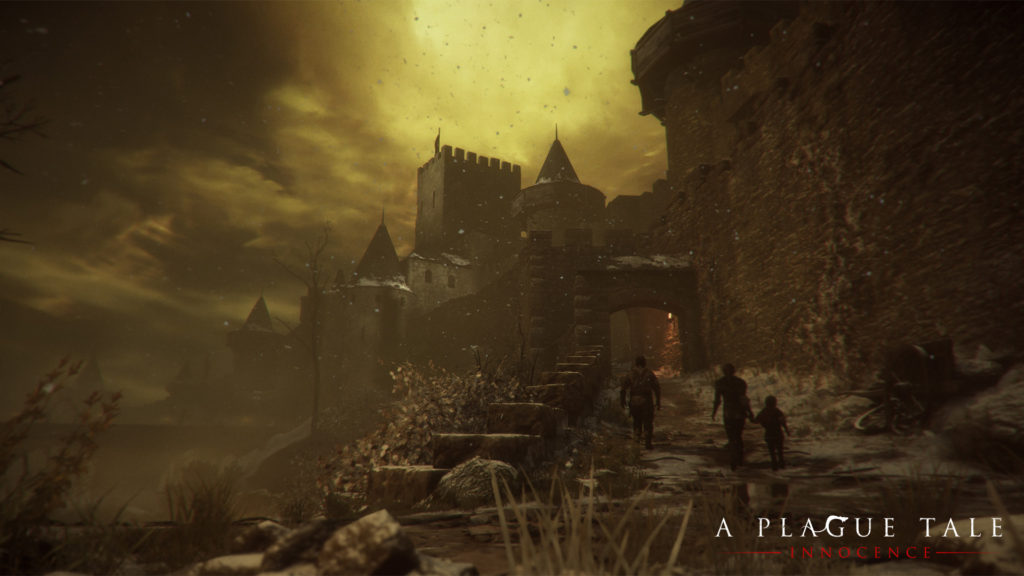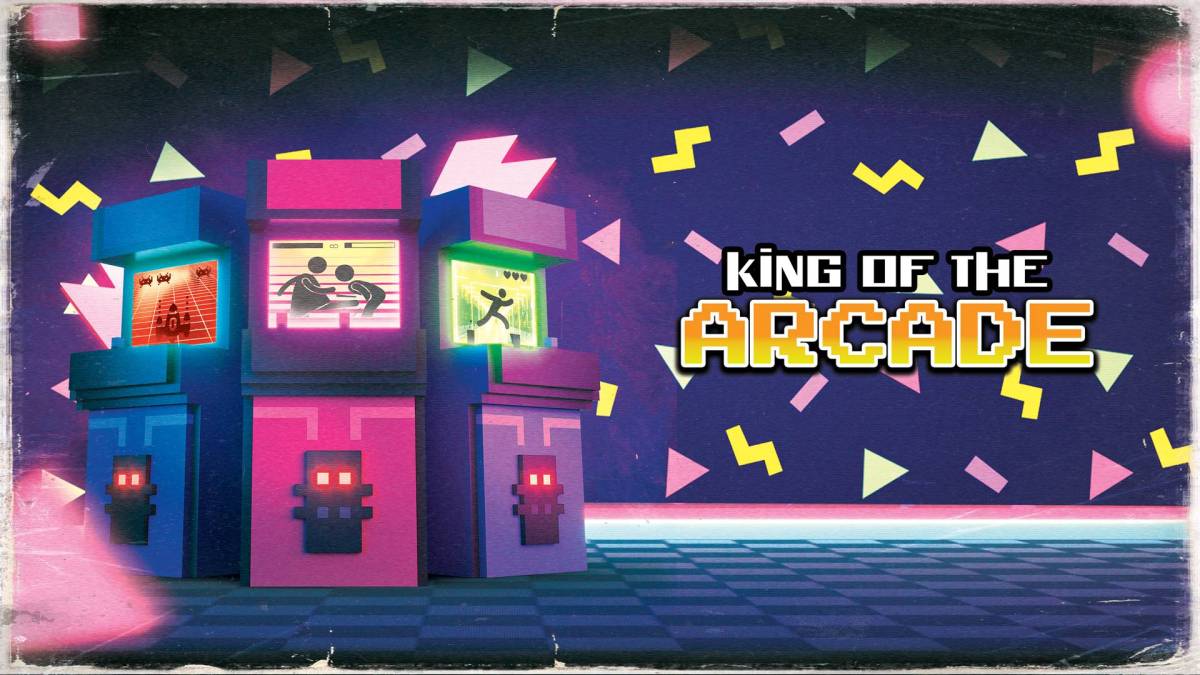
Platforms: Playstation 4, Windows, and Xbox One (reviewed)
Point-and-click adventure games have faded out of popularity for a good while. As technology improved, the reliance on telling a story through something more akin to “Choose Your Adventure” books fell out of favor and instead moved to attempting to ape movies. As games got closer to replicating that experience, there were fewer and fewer of point-and-click adventure games released. They’ve made a bit of a comeback in recent years, with people utilizing the genre to make interactive stories all the while keeping development costs down. While the genre is still around and kicking these days, sometimes it almost feels like a stagnant branch on the evolutionary tree. Designers have found ways to tell interesting and branching stories without relying on the often-simple mechanics of the point-and-click while being more engaging visually. A Plague Tale: Innocence is one of those games.
We have a young girl dealing with traumatic loss and learning the burdens of being responsible for someone’s care and a young boy realizing that life can be incredibly unfair while coping with the same loss. It’s a story about a family that wasn’t as close as they appeared to be coming together and learning to care for one another and work together to survive the hardships they face. These things being the elevator pitch for the game sold me in an instant on trying it out. Having started playing games when tackling things of this nature were pipe dreams, I love being able to see just how these things are presented.

Playing as Amicia de Rune and her brother Hugo, we see their world violently fall apart in front of them. We start with Amicia and her father on a stroll through the woods on their estate that doesn’t end well. As they return, an Inquisition comes for Hugo. Things quickly fall apart, and the siblings are on their own trying to not only avoid the Inquisition hounding them, but also a plague of rats that explode from the ground and devour everything in their path. Both the Inquisition and the rats will, well, plague them throughout their journey, both serving as the obstacles you’ll need to find solutions around. This is where the comparison to a point-and-click adventure game comes in.
The solutions around them will be particular. There’s a method to getting around or through one or the other or both that the game sets up for you. The problem with it is the method is too obvious. Amicia has a sling at her disposal for a weapon. As the game goes on, she can craft different types of ammunition for it. It could lead to some interesting puzzles to solve, but, sadly, it gives you the solutions right as you happen upon them in the form of the ingredients you need to make the ammunition type you need at that moment. While it’s frustrating to have the answer spelled out in front of me, it certainly beats methods older adventure games utilized. Rather than trying to suss out some logical solution to a problem, you’d be more playing psychological profiler to the game designer trying to figure out how they think.

This also discouraged poking around in the game more. You can find what you need when you need it, so there seemed like little point to exploring and looking for crafting materials. With materials you find, you can upgrade your equipment, allowing you to move more quietly, hold more ammo and materials, and ready your sling more quickly, but these are entirely optional and definitely feel like it.
It’s a shame, because the world of A Plague Tale is incredibly detailed and, despite it often being a little macabre, it’s a beautiful spectacle to behold. The environments can be stunning to look at. The characters, for the most part, look great. The art design sets the mood for set pieces incredibly well. The weakest element visually is the rats, but I can’t even imagine the complexity of trying to get them to look on par with everything else when there can be thousands of the things on screen at once. There are some little flourishes of world building thrown in that you only get by poking around and checking out things instead of just going down the main path. These can be missed rather easily if you just happen upon the invisible threshold to the next story beat that locks you out of going back and exploring a bit more.
The reason why I’m so hard on the actual gameplay element of A Plague Tale is because of how well written it is. While the villains are a little one-note, the rest of the characters you meet throughout are well written. I fell in love with Amicia and Hugo as things progressed. They grew on me in a way I wasn’t particularly expecting. While the McGuffin derails things a bit near the end, I wanted to see how the relationship of these two evolved and grew as the game went on. They’re incredibly endearing characters that you want to see survive in the incredibly bleak situations they find themselves in.

Generally, I’m more interested in a game’s mechanics and systems than the story. A paper-thin plot is something I can completely overlook if the game is engaging in that end of things. A Plague Tale is on the opposite end of that though. There’s enough gameplay in here to keep it from feeling like a walking simulator, and what is there is rather simple and could do with a little more depth to it. Despite that, seeing Amicia and Hugo’s story play out is incredibly rewarding and worth the time to see through, even if the road there could do with some smoothing out.





